


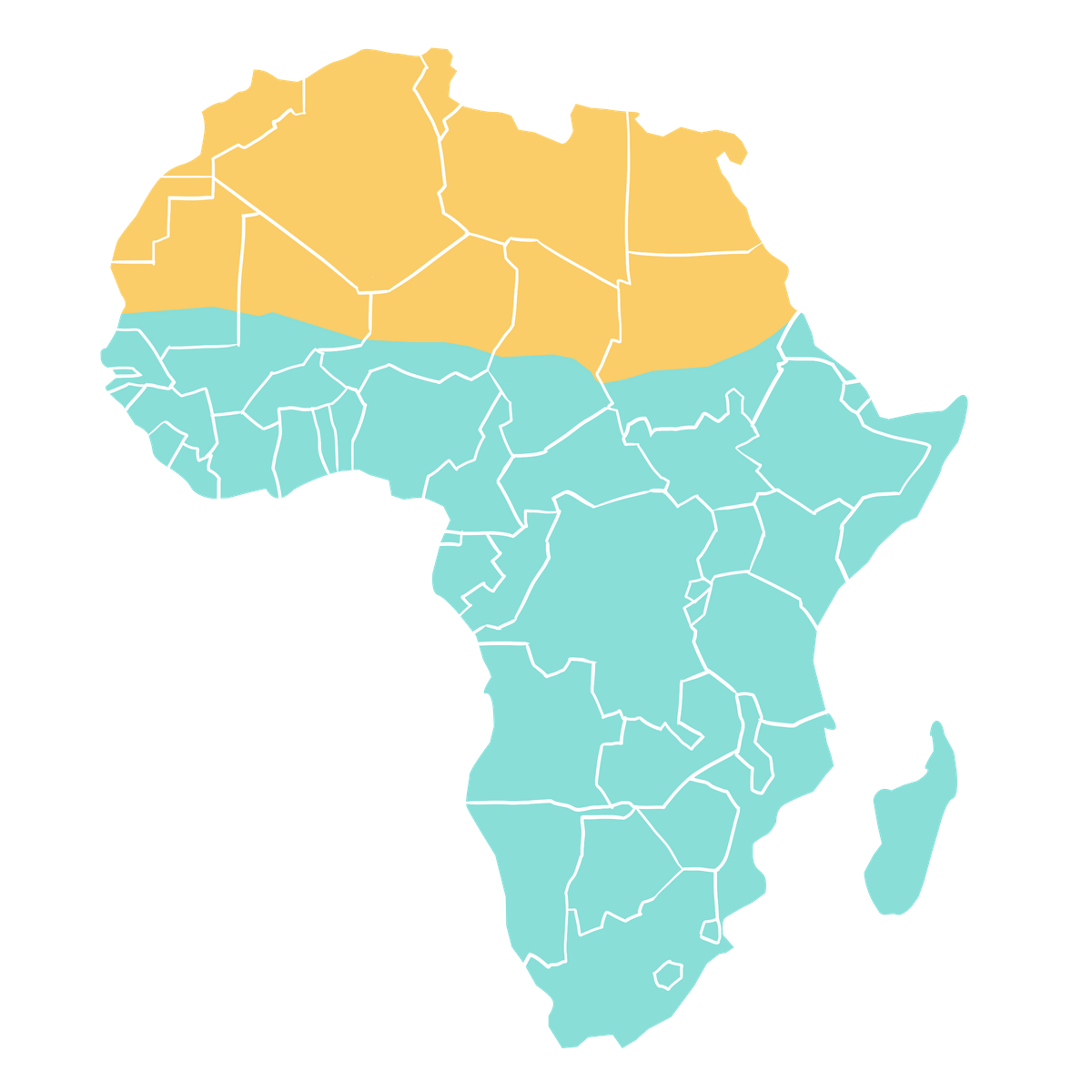
Away we go to sub-Saharan Africa! That’s the name we give to the part of this continent located south of the Sahara desert.
Apart from a few exceptions, African societies have not left behind any written documents about their rich past.
Instead of writing, they sang about or recited their epic adventures. This was the job of “griots”, their “history experts”!
Africa does have a very ancient, complex history. This is evidenced by the existence of prehistoric paintings from several centuries ago!
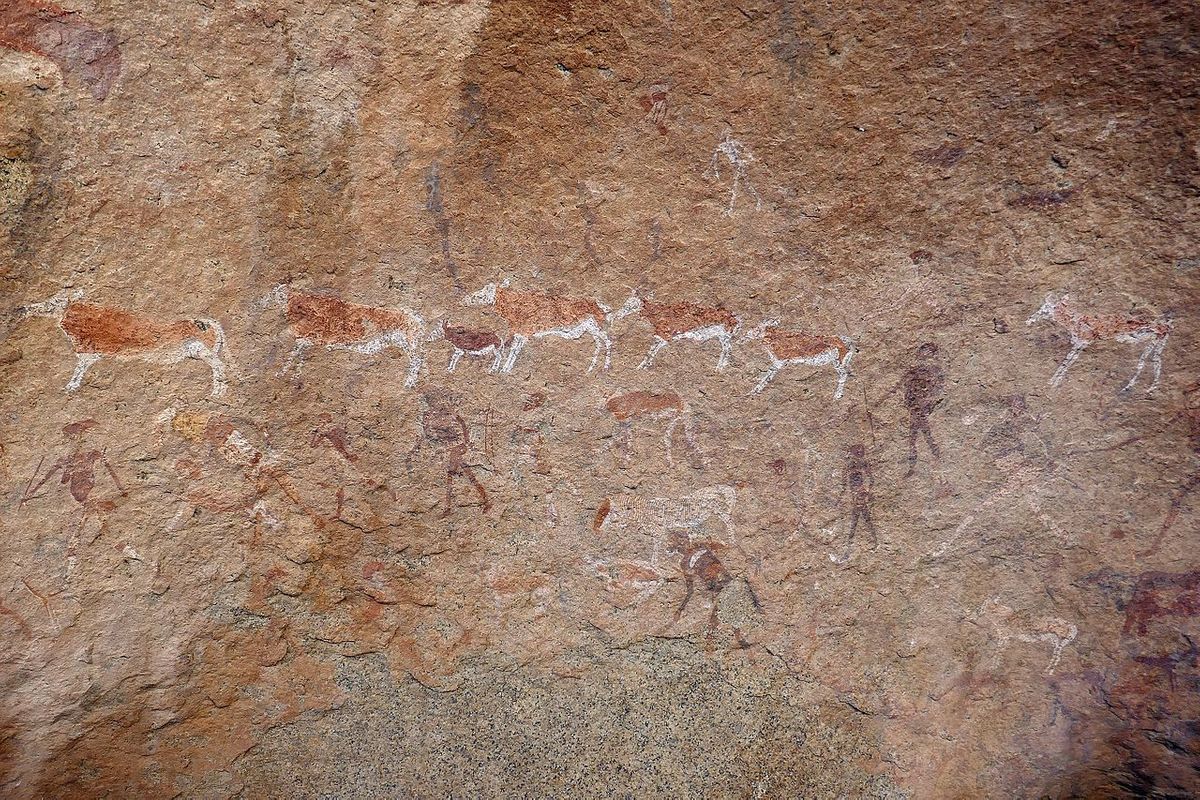

Contrary to preconceived western ideas, African societies have a rich history handed down for many years by oral tradition.
Let’s start with Nigeria in West Africa. Westerners are most familiar with this country’s ancient history.

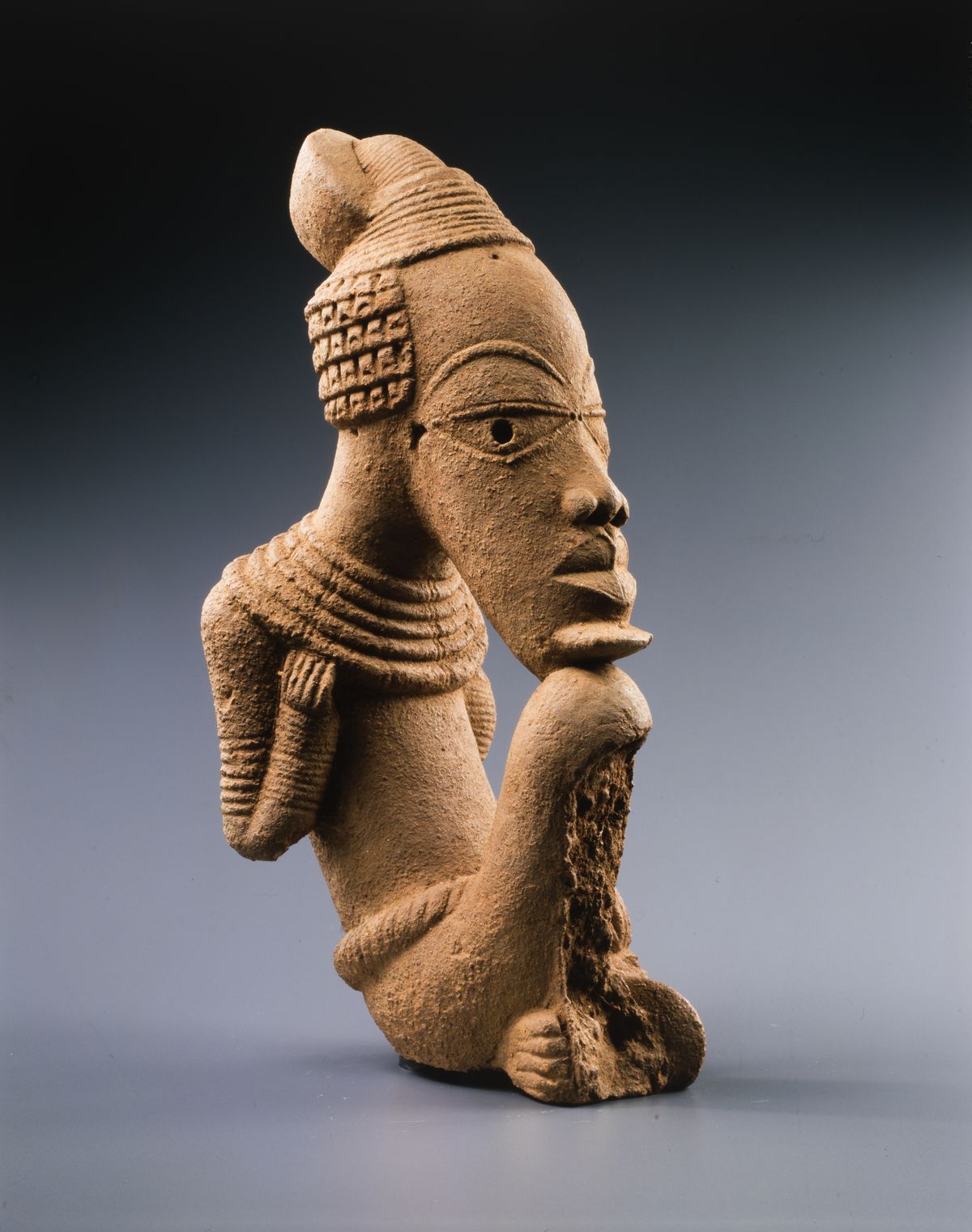
In the 1920s, the English civil servant Bernard Fagg discovered a small clay head in a field belonging to a farmer, who was using it as a … scarecrow! Several other remains of this type were found in the tin mines and Fagg started to collect them.
These characters and animals all date from an exceptionally long time ago. Fagg linked them to the Nok civilization, which is said to date from the first century before our time!

The ancient Nok civilization left clay remains in what is now Nigeria.
Although Nok clay items have become an essential part of African heritage, bronze heads from Ife are even more famous. Their fine details make them totally exceptional. How were they made?
Using the lost wax casting method:


The lost wax technique was used to create exceptional heads in Ife.
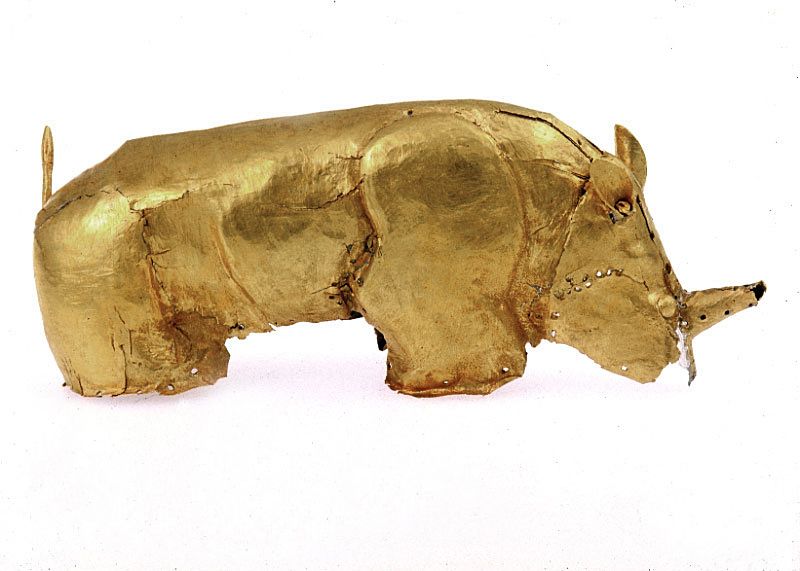
Between the 12th and 15th centuries, which more or less corresponds to the end of the Middle Ages in Europe, there were several great kingdoms in succession.
For example, in South Africa, the Mapungubwe kingdom revealed incredible treasures …
This small rhinoceros, entirely made of gold leaf, has become a priceless national treasure for South Africa today!
This powerful medieval kingdom then gave way to another one, the Zimbabwe.
Here we discover a stone citadel with walls 7 metres high!

Great medieval kingdoms, such as the Mapungubwe or Zimbabwe, have left impressive treasures or remains.
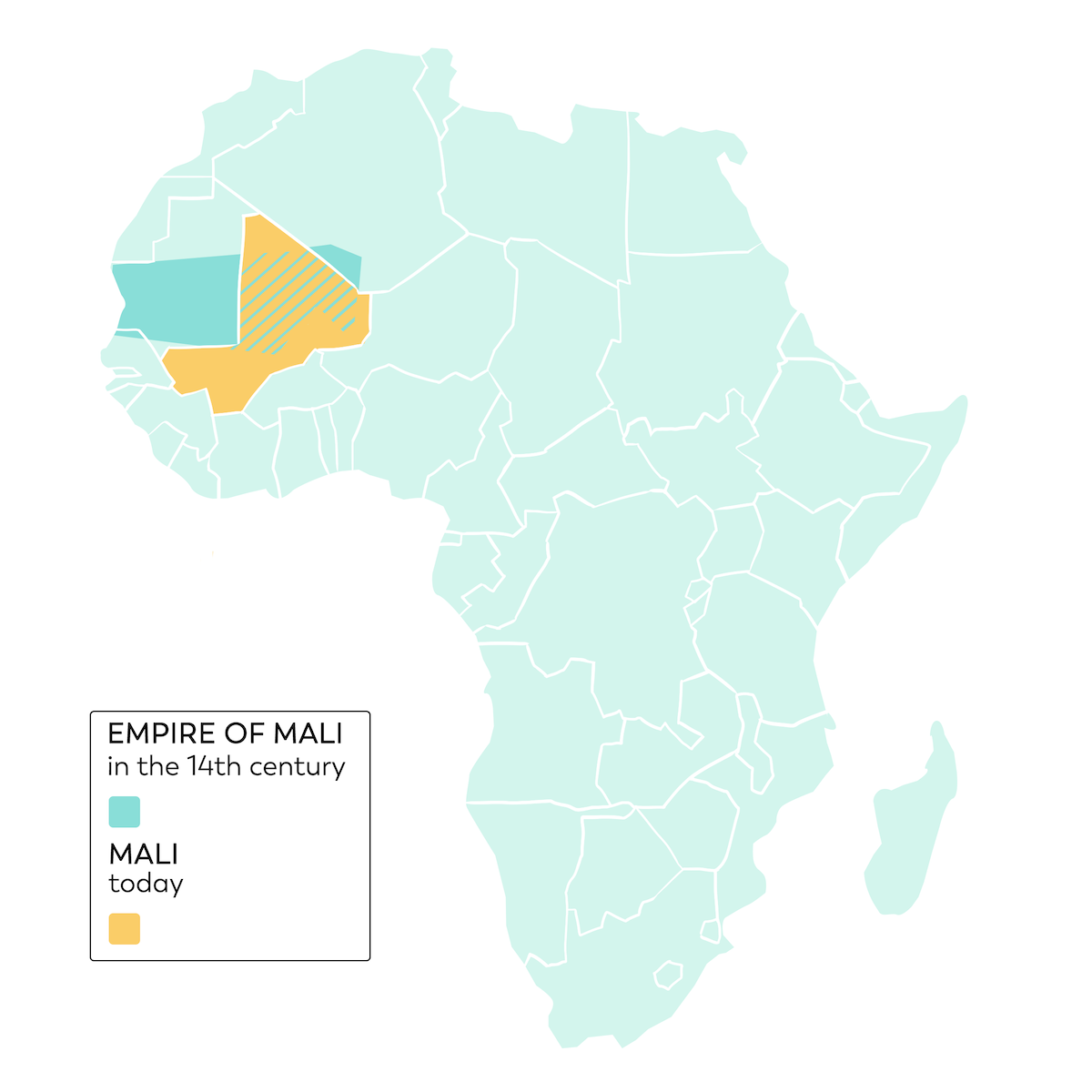
Other great kingdoms came into being in West Africa, such as the powerful Mali empire in the middle of the 13th century. At the height of its power, it controlled a vast expanse of territory across more than 1,423 miles, from Senegal to Niger!
This empire’s merchants collected gold from all over West Africa. This extremely pure gold was then transported to the Maghreb, where it was used to produce large quantities of coins.

From the 13th century onwards, the powerful Mali empire collected and supplied large quantities of gold to the Maghreb.
What remains of this Mali empire today? Not a lot, unfortunately!
Just some magnificent clay statues of animals or human beings, all of which were discovered near the town of Djenné in Mali.
The meaning of these statues remains mysterious: some might represent individuals who are possessed by a spirit, able to see into the invisible world.
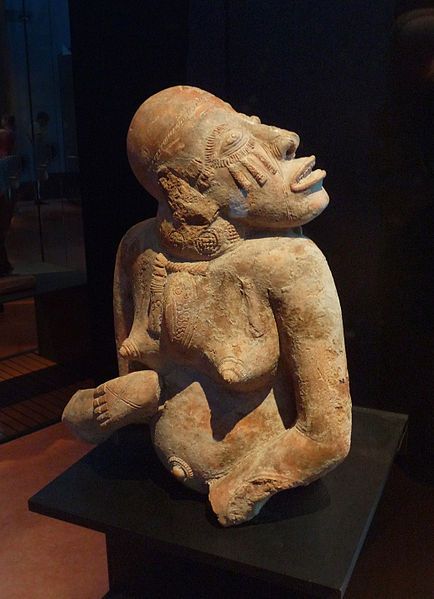

Djenné clay sculptures, the last remains of the Mali empire, may represent individuals who are possessed by spirits.

"*" indicates required fields